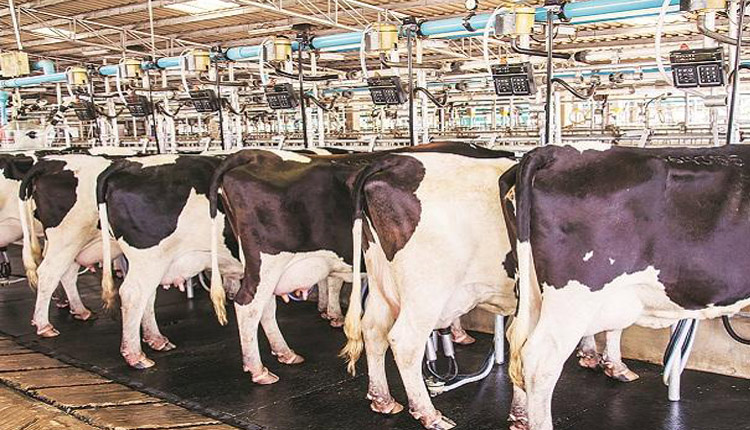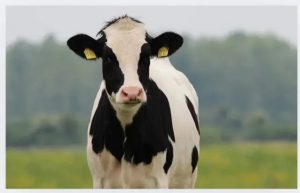Sample This. Since local indigenous cows form the majority of the cattle farming in the State, a farmer bears a cost of around Rs 33 per animal per day to produce a litre of milk, explained a senior OUAT official.
Elaborating on the loss they currently bear, he added that with a sale price of around Rs27/litre to milk federations, the farmers are bearing a loss of around Rs 5/litre. Even if the income from the dung is imputed than the net loss worked out to around Rs 2/litre.
However, it is the abnormal rise in the prices of the fodder that had proved double whammy for the milk farmers in the pandemic year. Even, a Nabard (National Bank for Agriculture and Rural Development) study had found that prices of cattle feed in Odisha was up by 8 per cent due to Covid-19 restrictions.
Terming the Nabard estimate an understatement, President of Odisha Milk Farmers Association Rabi Behera said,
“Farmers paid Rs 200 above the real price to purchase a quintal of cattle feed. The prices of the animal feed had nearly doubled due to rampant hoarding. However, situation had somewhat eased only in December last year (2020).”
He further added that neither the procurement price of the milk was increased nor any credit relief was given to the milk farmers in the State.
While a recent Nabard study had found vegetable growers and poultry farmers were being the worst hit by Covid-19 in the year 2020, it had revealed that dairy farmers too had borne a high order of income loss due to the pandemic .
“Due to lockdown and other related restrictions, milk production was affected. The farm gate prices of milk had dipped by around 6 per cent, ” observed the report.
However, as per the Nabard report, the vegetable growers and poultry farmers were the worst hit sectors by Covid-19 in Odisha. Due to corona related restrictions and breakdown of supply chain, the production in horticulture sector was down by 13 per cent and it was to the extent of ( -) 21 per cent in the case of poultry sector.
In order to give a cushion the farmers from the Covid -19 shock, Nabard has emphasised on waiving of interests on term loans taken by farmers for a year. Besides, it has also pitched in for direct income support to farmers to tide over the income losses they had suffered due to the pandemic.
















